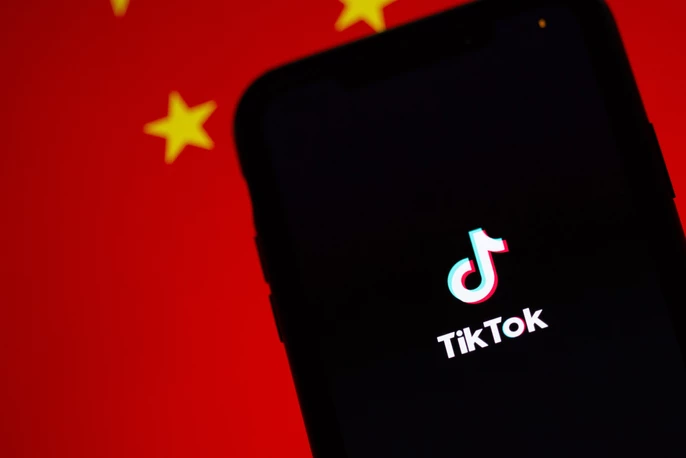
Trump Signs Executive Order to Ban TikTok in the US – Do Advertisers Need to be Worried?
Late August 6, Trump signed the Executive Order on Addressing the Threat Posed by TikTok, which will ban the app in the US if it is not purchased by an American company within 45 days. Support for the ban stems from user data privacy concerns regarding potential Chinese surveillance on Americans, which has left brands and advertisers scrambling to determine how to respond, and what this means for engaging Gen Z.
As brands determine their next steps, there has been lots of talk over alternative short-form video-sharing platforms to reach this audience. Of those options include Facebook’s Reels, which is integrated into the Instagram app and launched in the US on August 6 after a successful soft launch in India.
The urgent question for advertisers, however, is whether or not to immediately pause investment and ad spend on TikTok. Regardless of whether or not the ban comes to pass, will the app’s core Gen Z audience abandon it over privacy concerns? A nationwide survey conducted earlier this week by Creative Digital Agency found a strong division amongst Gen Z regarding the future of TikTok.
What We Know About the Executive Order
On August 6, 2020, the Trump administration signed a pair of twin executive orders to ban two Chinese apps in the US: TikTok and WeChat, citing:
TikTok automatically captures vast swaths of information from its users, including Internet and other network activity information such as location data and browsing and search histories. This data collection threatens to allow the Chinese Communist Party access to Americans’ personal and proprietary information — potentially allowing China to track the locations of Federal employees and contractors, build dossiers of personal information for blackmail, and conduct corporate espionage.
Excerpt from the Executive Order on Addressing the Threat Posed by TikTok
Previously, on Monday August 3, Trump set September 15 as the deadline for TikTok to find a US buyer. Failing to do so, he said, would lead him to shut down the app in the US. In an unusual declaration, Trump also said any deal would have to include a “substantial amount of money” coming into the US Treasury.
What is the Advertising Impact?
Are brands halting campaigns or redirecting ad spend? It’s too soon to tell, but many brands have stated that redirecting ad spend to TikTok was an option during the Facebook Ad Boycott in July 2020.
From an audience perspective, TikTok still enjoys positive sentiment amongst Gen Z users, despite the scandal. 87% of current users in the survey conducted by Creative Digital Agency stated they do not intend to stop using the platform voluntarily. 61% said an American purchase wouldn’t make them feel more comfortable regarding data privacy. 84.6% believe the proposed ban is motivated by political concerns.
In an informal LinkedIn poll conducted by Gregg L. Witt, the Chief Strategy Officer at Engage Youth Co. prior to the announcement of the executive order, 65% of marketing professionals said that the threat of a US government ban in TikTok had not deferred their company from having a presence on the platform.
Combined, these findings show little regard for the ban to affect app use or advertising plans on the platform, though that position may change if the ban begins to look more realistic in another month.
Potential TikTok Competitor: Instagram Reels
There had been a spike in alternative video social-sharing app downloads as updates about the ban have come out. One of the top contenders is Facebook’s Instagram Reels, which officially launched on August 6, 2020 after finding success during a soft test in test market Brazil.
The new feature on Instagram, Reels, is very similar to TikTok and allows users to make short videos set to music, add filters and other effects, and easily share them.
The Instagram creator community doesn’t exactly overlap with the predominantly Gen Z user base found on TikTok. Instagram users either share polished, curated photos to their Feed, publish personal and casual videos in Stories, or share YouTube-like creator content to IGTV. Meanwhile, Instagram’s browsing experience hasn’t offered a way to quickly swipe through videos like on TikTok, but Reels is focused on adding that capability.
With many brands planning to resume their Facebook ad spend following the July #StopHateForProfit Facebook Boycott, Facebook-owned Instagram may pull in TikTok creators with the new feature.

Image Courtesy of Facebook